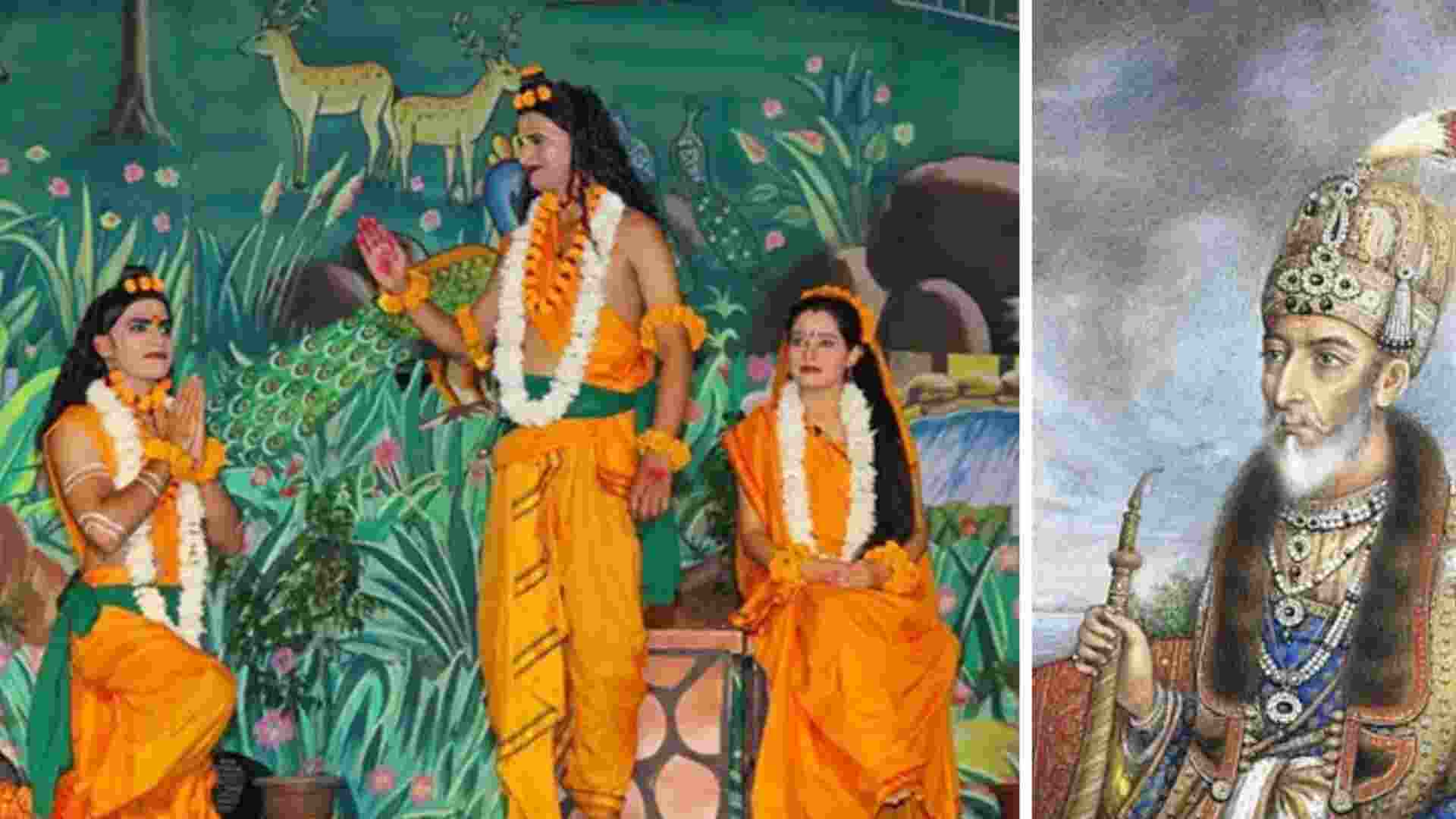Old Delhi is known for hosting some of the largest and oldest Ramlilas in the city, with the oldest believed to have originated during the Mughal era. Elements like the Ramlila Savaari are still celebrated in the Walled City of Delhi.
As Navratri begins, the Ramlila season unfolds in Shahjahanabad (now Old Delhi), with a historical connection that goes back centuries. Various locations in Delhi feature Ramlila performances, culminating in Dussehra, which celebrates the victory of good over evil by burning effigies of Ravana, his brother Kumbhkaran, and his son Meghnad.
The tradition of Ramlilas in the Walled City is believed to be over 300 years old, tracing back to when Shah Jahan constructed Shahjahanabad. The first recorded Ramlila was organized by Mughal emperor Bahadur Shah Zafar at the request of his Hindu soldiers.
The Ramlila Savaari, a procession that remains a key part of the celebration today, was initiated by Bahadur Shah Zafar in the 1830s and later taken over by the Shri Ramlila Committee (SRC), which organizes the oldest Ramlila in Delhi. This tradition is thought to be around 190 years old. The Ramlila Savaari begins on the first day of Navratri and continues until Bharat Milap, the day after Dussehra. During this procession, performers dressed as Ram, Sita, and Lakshman are carried on chariots or floats, accompanied by music and festivities.
In Bahadur Shah Zafar‘s era, Ramlila performances took place on the floodplains of the Yamuna River, near the Red Fort. The current venue, Ramlila Maidan, was originally a pond that was filled in and became the site for the Ramlila in the 1930s. According to the Shri Ramlila Committee’s website, “Geographically, the ground lies between Old Delhi and New Delhi. The historic Turkman Gate of the old city stands nearby, and the ground stretches between Aruna Asaf Ali Marg and Jawaharlal Nehru Road.”
Additionally, the pond known as ‘Shahji ka Talaab’ at Ajmeri Gate provided the backdrop for Ramlila scenes like the “Kevat” episode, which depicts Ram, Lakshman, and Sita being ferried across the Saryu River in Ayodhya.









